Battle of the Devices
This session was part of the 9th Annual Schools Science Conference which was held on 20th March 2012 at The Royal College of Pathologists
But, first, read the instructions below
Battle of the Devices has been supported by an unrestricted educational grant from Medtronic


Welcome to
Battle of the Devices
Hello and welcome to the Battle of the Devices where six health and technology experts will go head-to-head to convince you that their chosen medical device is the most innovative technology in healthcare today.
Each year, millions of people – men, women and children – fall ill but have their lives changed or even saved by medical technology. Today’s session will show you a few examples of the incredible range of inventions that have transformed modern medicine. As you will see for yourselves, biomedical technology represents a place where the basic science we learn in school comes together with materials science, engineering, and electronics.
Together, highly creative inventors fuse these ideas into almost magical tools. Imagine the following:
- life-saving scaffolding the thickness of a strand of spaghetti
- an implantable device that will keep a damaged heart beating steadily
- beautiful blades inspired by the cheetah’s legs that allow amputees not just to walk again, but to run (or even compete in the Paralympics)
- an intelligent pump that can mimic the working of your pancreas
- a computer game that might improve your health or even save your life
- a way of seeing the tissues inside the body live in 3D and in real time
We’ve come a long way since the early days of medicine when untested, often poisonous, drugs were common, hygiene was unknown, and surgery was carried out with no anaesthetic using nothing more than saws and blades. While we sometimes take for granted the astonishing medical achievements of the last 200 years, huge challenges remain. We need creative and inquisitive minds to take us forward. That’s why you have such a crucial role to play in the evolution of both science and technology. You are the inventors of tomorrow and today you will get to have your say as part of our debate.
Enjoy the session and use the booklet to help you decide which device rocks the world as part of the Schools Science Battle of the Devices.
Professor Andrea Sella
Professor of Inorganic Chemistry at University College London & Chair of Battle of the Devices
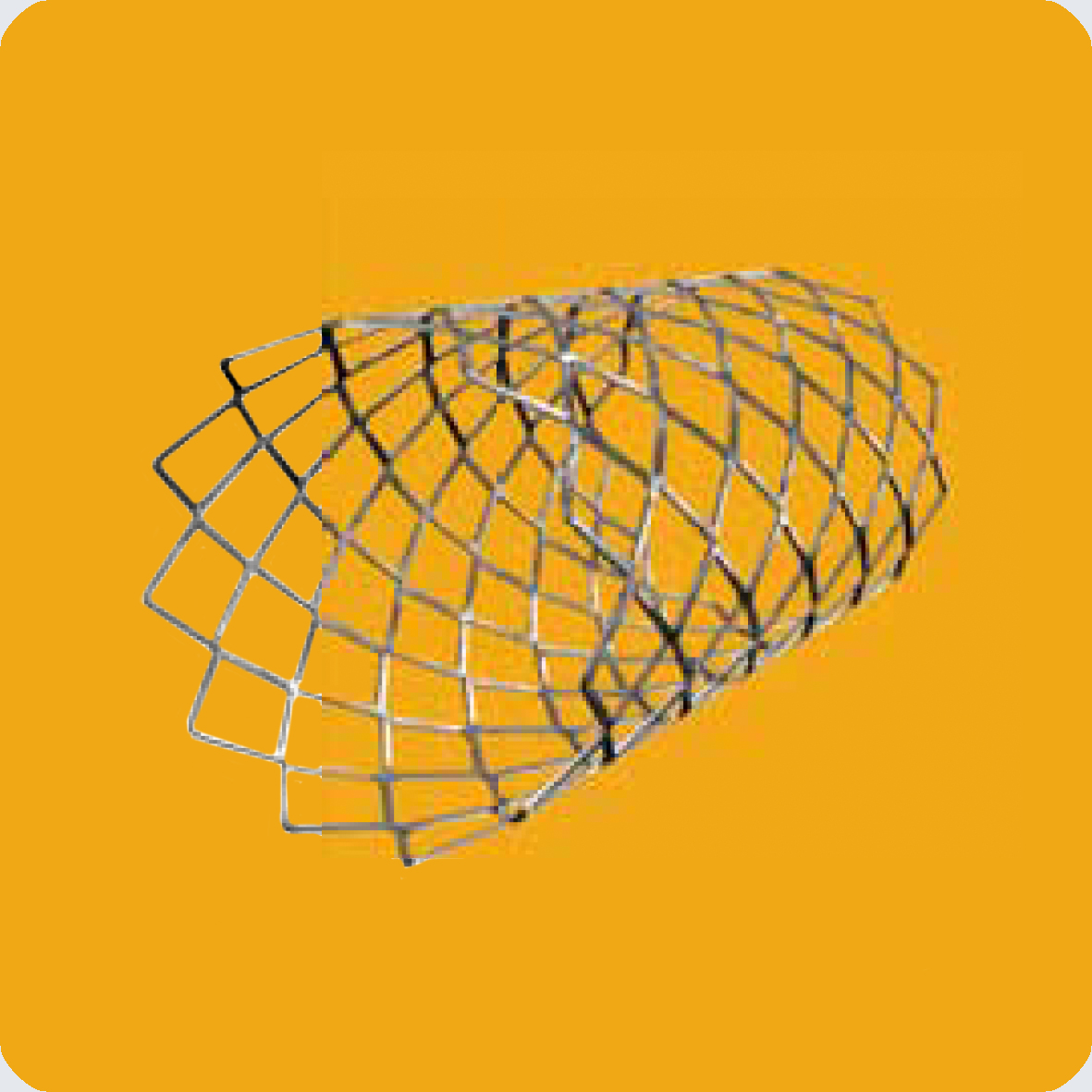
Stents
The cardiovascular system is like a network of pipes, but when blockages occur, a stent acts as a lifesaving scaffold to keep blood flowing freely
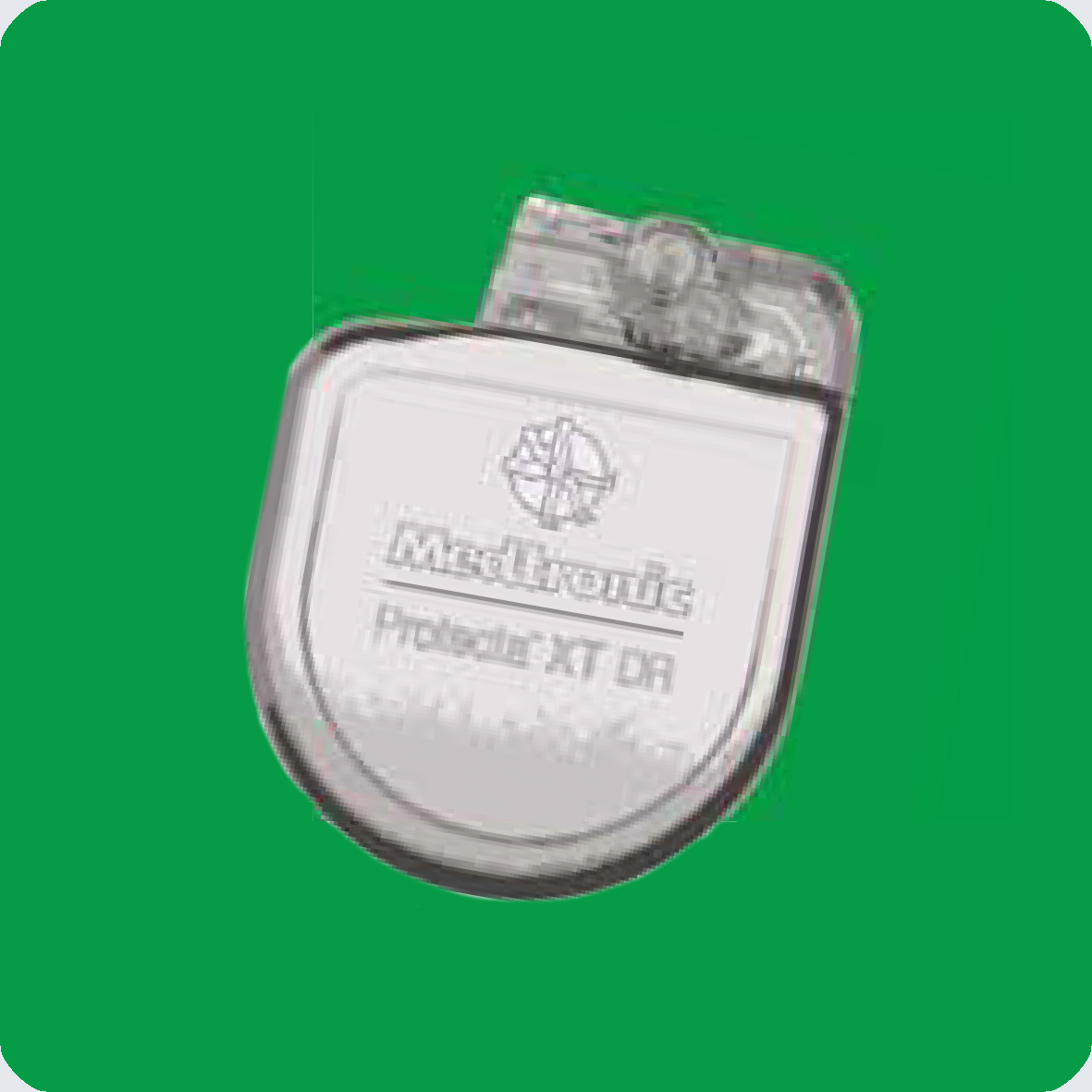
ICDs
The implantable cardioverter defibrillator (ICD) is a tiny device that can send electric currents through the heart to prevent sudden death from heart attacks
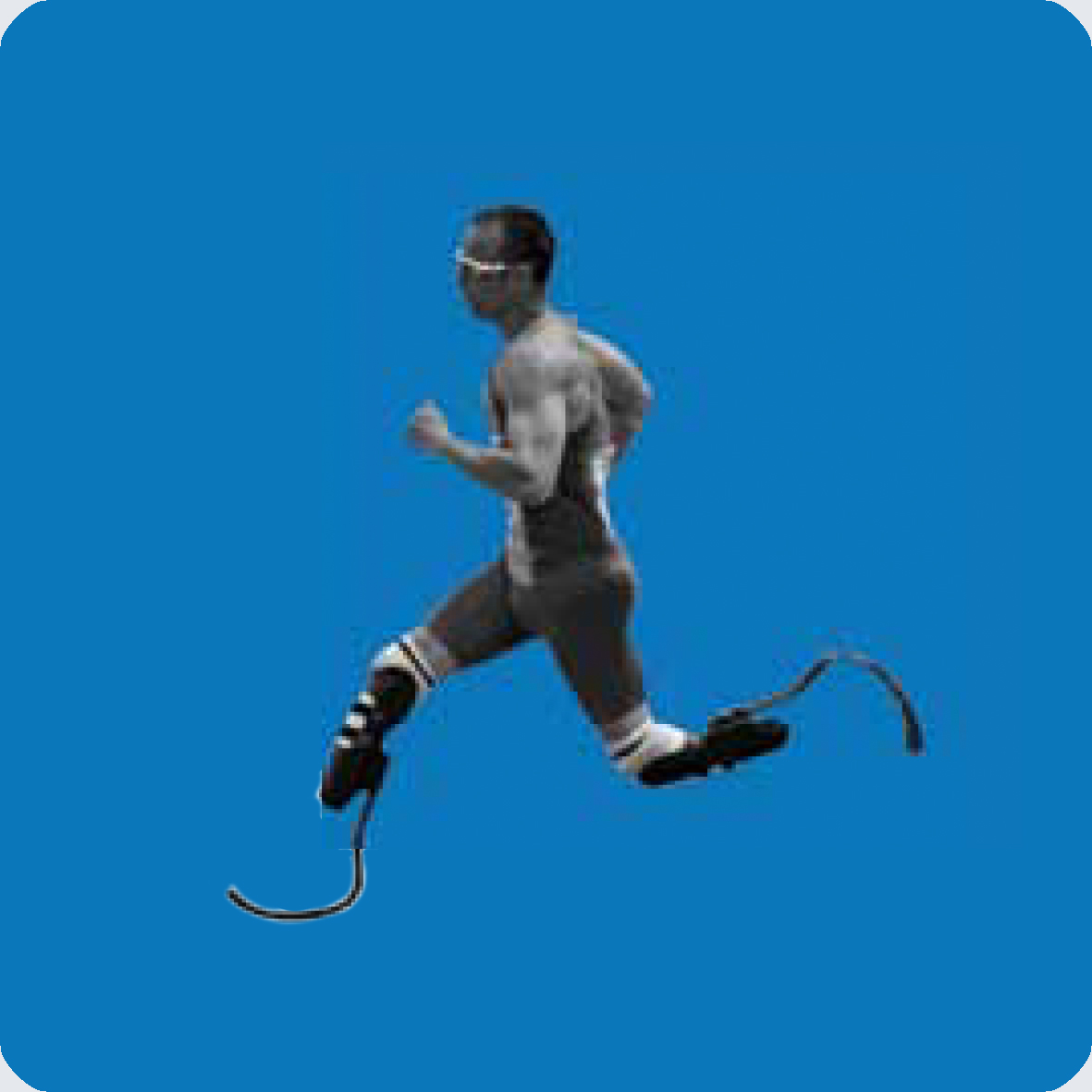
Running Blades
Designed to mimic the natural movements of able-bodied runners, the J-shaped running blade is a high-performance carbon composite prosthesis
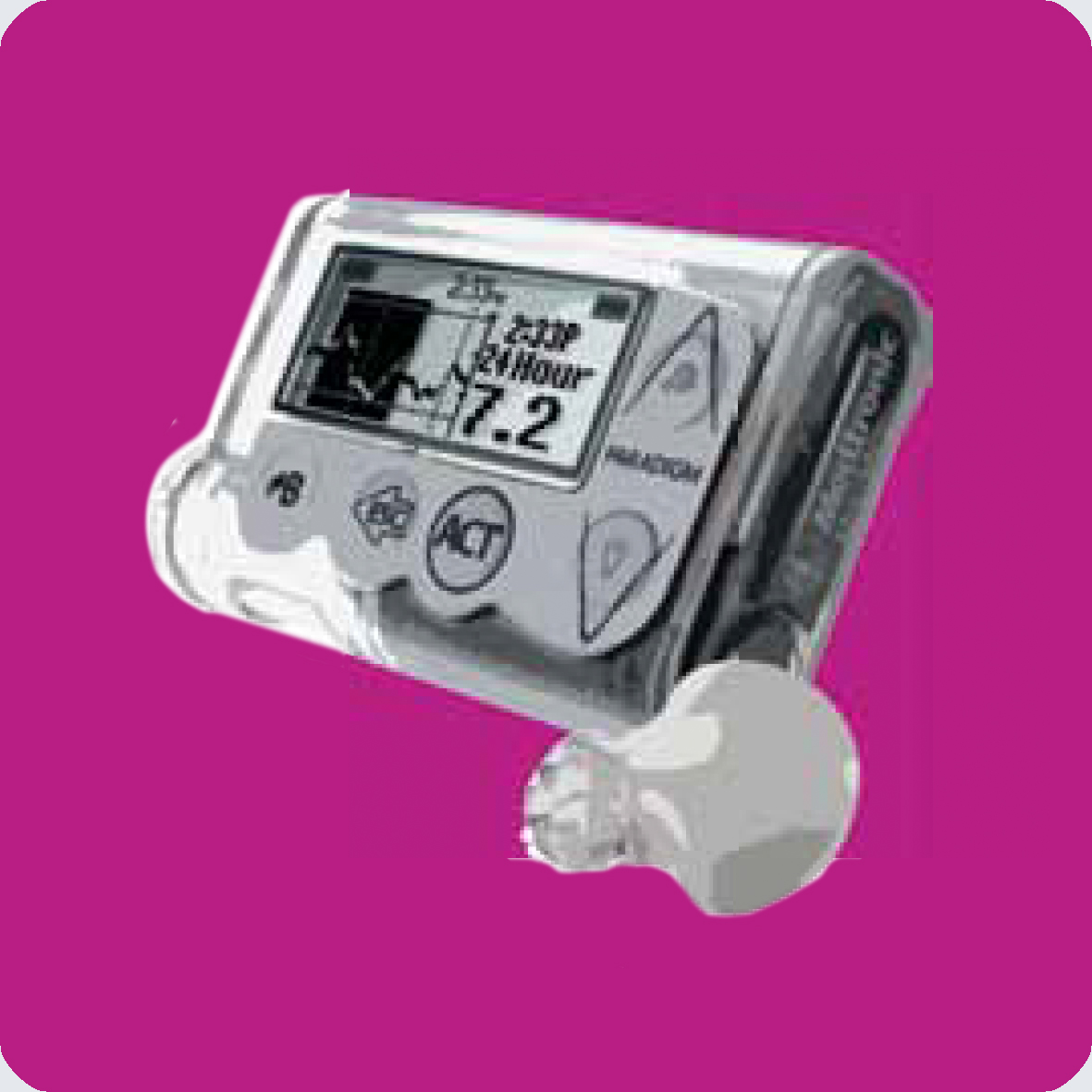
Insulin Pumps
The best way to manage insulin-dependent diabetes is to imitate how the non-diabetic body regulates glucose through the pancreas
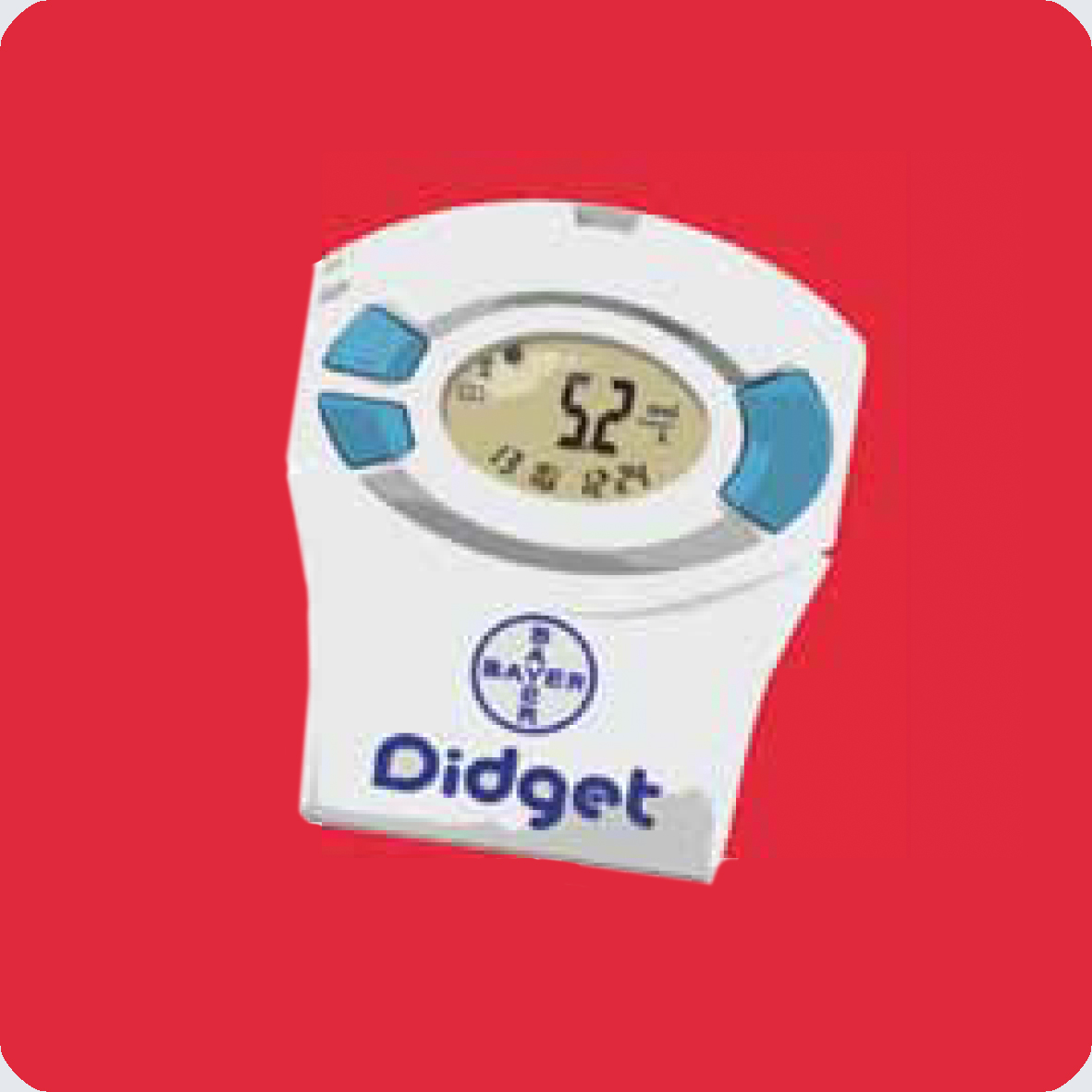
Didget Glucose Monitoring
DIDGET is a blood glucose monitoring system which connects with Nintendo DS® systems and rewards consistent testing by unlocking new mini-games
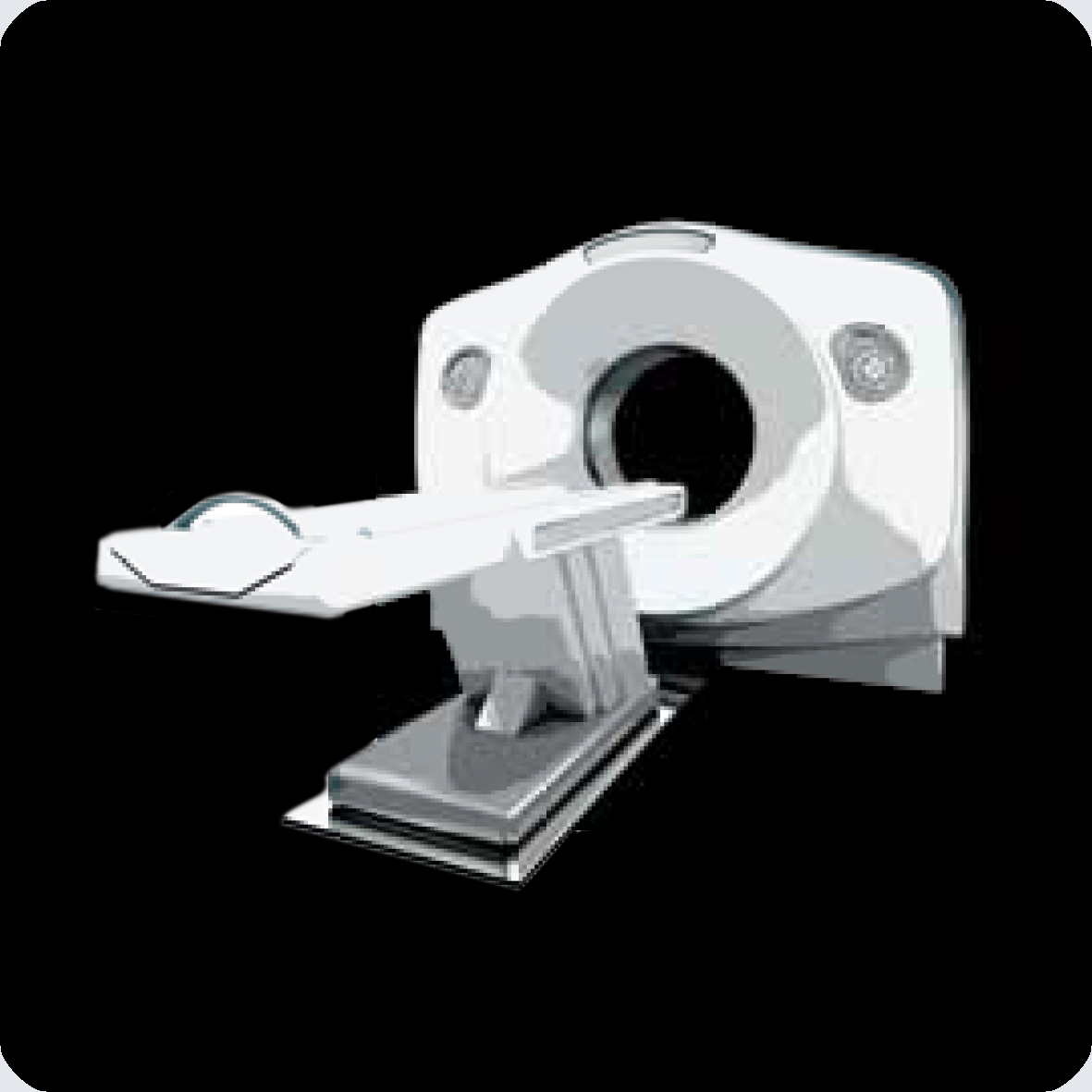
MRIs
MRI is a revolutionary technology that uses magnets and radio waves to produce detailed images of the body without exposing patients to harmful radiation
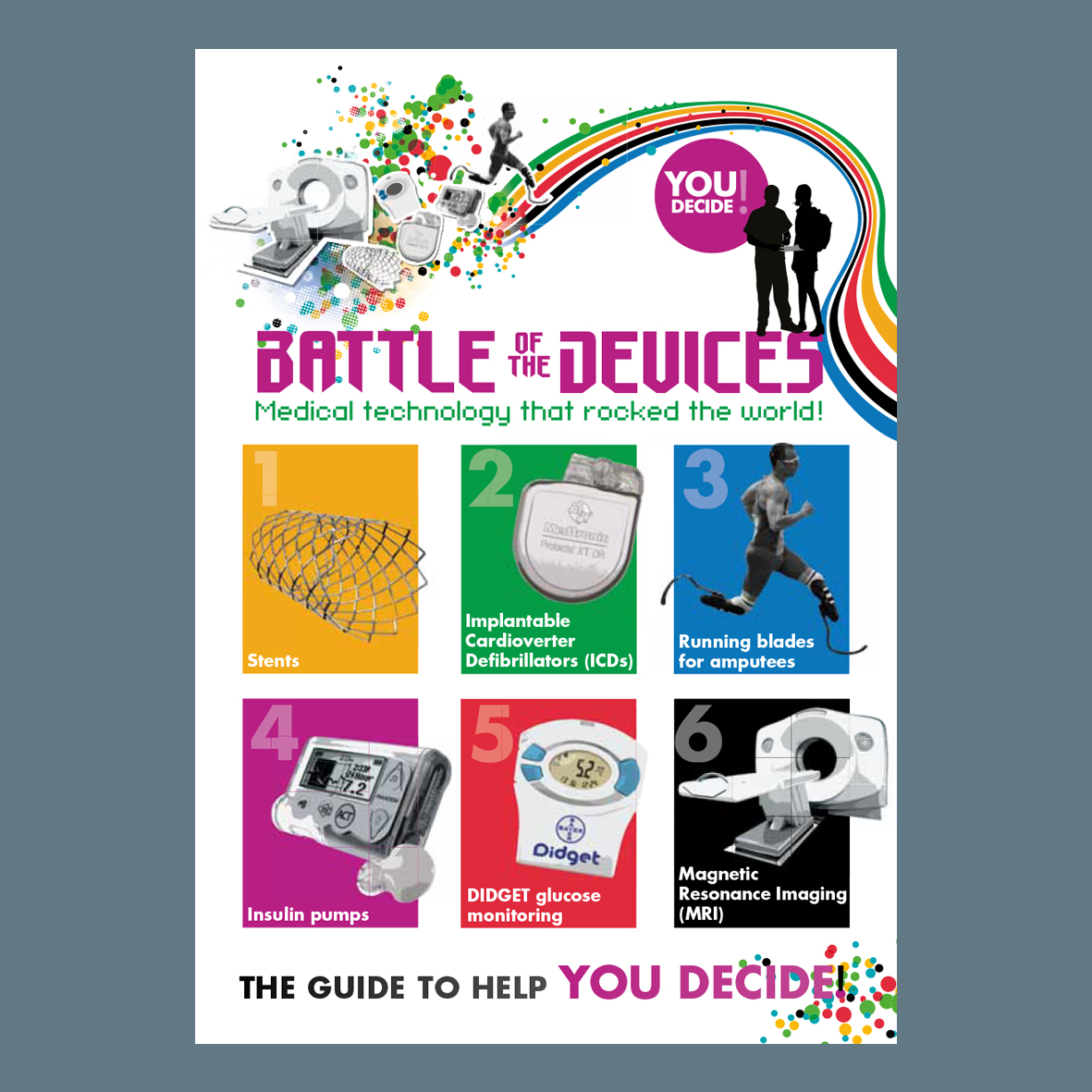
Booklet
Discover more about the sessions and view a digital version of the programme
How to decide?
To help you decide which device rocks the world, score the devices 0-10 in the three categories below, thinking about the following when making your decision:
Innovation Factor –
Which device really has the wow factor and is something you might expect to see on Doctor Who or Star Trek? How has the device evolved over time to make it faster, smaller or more effective for patients?
Impact Factor –
Is this device a matter of life or death? How many patients have benefitted from the device?
Quality of Life Factor –
What can the patient do now that they couldn’t before the device was fitted? How has their life been improved for the better?
